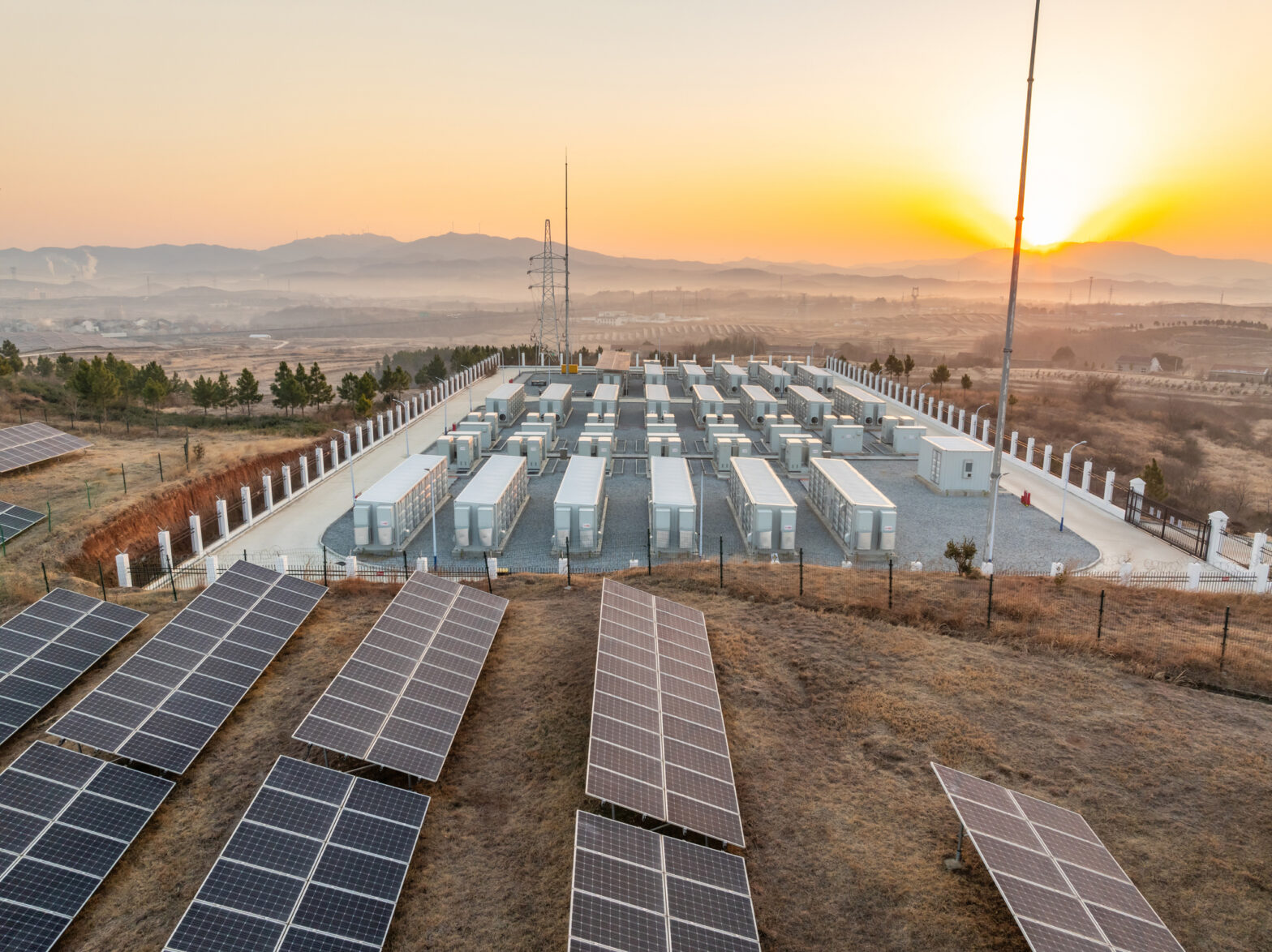I’m spending these few weeks chatting with different leaders in the industry to get their perspective on the opportunity for demand-side solutions in the clean energy landscape, as well as their take on the recent announcement of Uplight’s planned acquisition of AutoGrid. Last week I had the opportunity to talk to Brandi Davis-Handy, Chief Customer Officer, US Utilities at AES, and today I’m talking to Jeff Hamel, Senior Director, Enterprise Partnerships at Google.
Jeff oversees strategic partnerships with enterprise partners that utilize Google devices and services. Before joining Google in 2015, Jeff worked in collaboration with utilities, most recently as the Executive Director for EPRI’s Power Delivery and Utilization team. A military veteran, Jeff co-leads Google’s Veterans Employee Resource Group, VetNe, and contributes to organizations like the Massachusetts Maritime Academy Foundation outside of work.
Dan Burak: How do you see smart thermostats, and Google Nest specifically, fitting into the larger clean energy transformation?
Jeff Hamel: As the grid transforms in the coming years, change is happening on both the supply side, like adding more renewable capacity, and on the demand side, like creating flexible capacity through Virtual Power Plants (VPPs).
With smart thermostats, we obviously play on the demand side of that equation, and in some pretty unique ways. Almost every home, apartment, and condominium has a thermostat to control heating and cooling. Heating and cooling is also, by far, the largest source of energy load for a household, averaging 31% of electricity use – almost 3 times the next largest energy user.
Because these controls are both ubiquitous and control large energy resources, the potential to harness their potential to make energy use more efficient, cleaner, and serve as a resource for the larger grid is tremendous. When we connect thermostats to the grid and aggregate this potential, whether targeted at a single neighborhood’s transformer or across a large geography, we become a resource for the grid that is cheaper to deploy, faster to “build,” and cleaner because you’re not having to bring additional energy resources online.
Dan: How will this acquisition create more opportunities for existing and new Google Nest customers?
Jeff: Once a device, like a smart thermostat, is connected to the grid, it opens up all kinds of opportunities across the entire value chain – from the owner of that device, to the energy provider, and beyond. Today, the most common upside is through things like demand response programs that help shave peak load in times of grid stress. The grid benefits by being less stressed, and the thermostat owner benefits by being compensated for their participation.
But there are all kinds of additional business models emerging that are enabled by connecting these devices. Whether it’s being able to source cleaner energy, lower energy costs by managing your HVAC system more efficiently or timing it to lower rates, or even aggregating thousands of devices together and collectively bidding the savings capacity into markets, this space is innovating and changing quickly to benefit energy customers, the grid, and the larger clean energy ecosystem.
Dan: How does the combination of Uplight and AutoGrid make sense for the market, and specifically for Google and Nest Renew?
Jeff: Google has been working with Uplight and AutoGrid independently for over 8 years. Both companies have been great, strategic partners of Google and our Nest thermostats.
Our ultimate goal is to connect as many customers as we can within their homes as they’re bringing in technology like connected thermostats, electric vehicles, and connected batteries, and ensuring that those homes become a critical asset for the grid. These connected assets are playing an increasingly critical role in helping to balance the grid and the system as we bring more renewable and devices online.
We all have a huge role to play in making this successful, including Google, Uplight, and AutoGrid. Uplight’s acquisition of AutoGrid will quickly enable more devices to be connected in more places in more ways, so we see this opportunity as a real positive for us and the market.
Dan: In December, Renew Home, a new company combining Google’s Nest Renew and OhmConnect was announced. How does the recent announcement of Renew Home impact your partnerships with Uplight?
Jeff: The creation of the new Renew Home business reflects the continuing importance and emphasis on engaging energy customers and “meeting them where they are” in their customer journey.
We shared in this announcement that Renew Home, working with partners across the industry, will help accelerate the growth of the virtual power plant (VPP) industry, a critical step to enabling the more dynamic energy grid we need to power a carbon free-future.
The combination of Uplight and AutoGrid will greatly accelerate the capacity and deployment of VPPs across many business models and geographies, and we look forward to contributing to the increased positive impact this will have on making the grid more resilient, sustainable, and inclusive.
Dan: How does this acquisition benefit Google’s goals in the clean energy space overall?
Jeff: Google is in its 3rd decade of being focused on clean energy. We’ve been carbon neutral since 2017 and are quickly working towards our next goal of net-zero emissions across all of our operations and value chain by 2030. Uplight and AutoGrid have each independently helped Google continue to reach its clean energy goals.
Uplight is one of our largest channels to get thermostats into customers’ homes via their best-in-class utility marketplaces. Innovations like pre-enrolling the device at the point of sale have helped tremendously by increasing the percentage of sold thermostats that are enrolled in energy programs right out of the box.
AutoGrid’s Flex has given us an AI-driven platform that allows us to manage the devices that are out in the field with a predictable, accurate model that gives both us and utilities confidence in the load shed we can provide.
Uplight and AutoGrid were already strongly aligned with Google’s clean energy goals. Now, we’re getting the “best of both worlds” across the two, which helps us get to where we need to go, faster.





